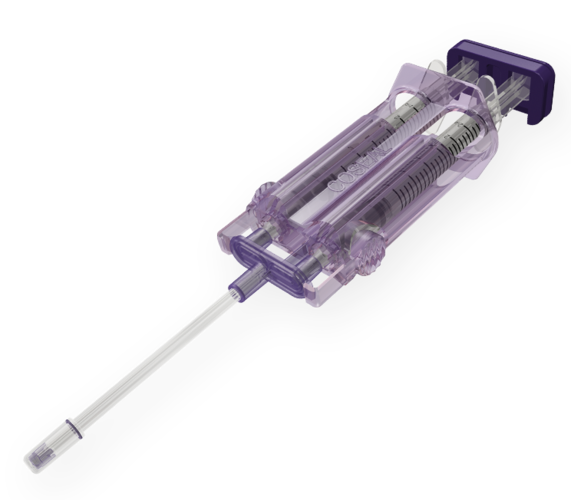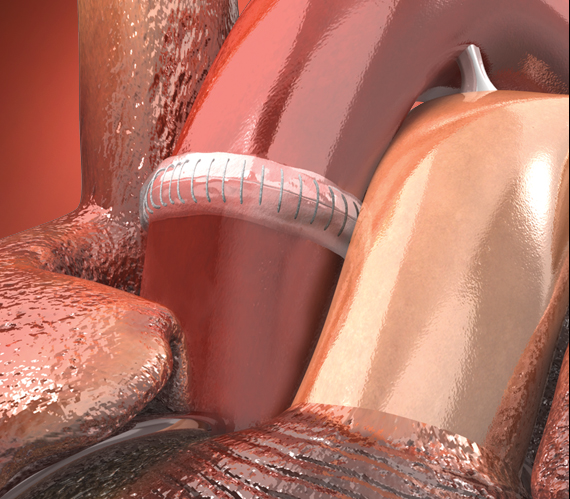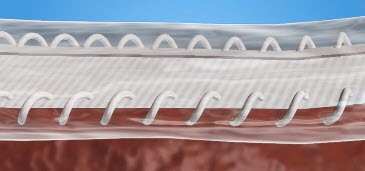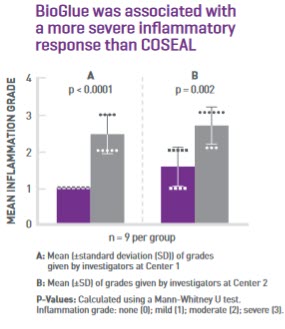COSEAL


3-in-1 Solution for Sealing and Adhesion Prevention
COSEAL is clinically proven to provide a rapid seal at vascular suture lines, as well as reduce air leaks occurring after lung resection as compared to standard surgical technique.1,2,3 Additionally, COSEAL reduces the severity of postoperative cardiac adhesions and gynecologic adhesions.1,4

Mechanism of Action
COSEAL is composed of two synthetic biocompatible polyethylene glycol polymers that rapidly crosslink with proteins in tissue and mechanically adhere to synthetic graft material.

Recent pre-clinical study on surgical sealants compares tissue reactions
Surgical sealants are commonly used to prevent bleeding following vascular repair and reconstruction, but an adverse response to a tissue sealant could result in poor healing, leading to the need for re-operation. A study published in early 2020 directly compared the aortic and peri-aortic tissue reactions to COSEAL Surgical Sealant and BioGlue Surgical Adhesive in a preclinical model.*
*Pre-clinical data. Results may vary in humans.
Additional Product Benefits
Flexible and Easy to Use
The translucent, motion-responsive material supports natural vascular dilation as well as conforms to the anatomy of the expanding and contracting lung.6
Independent of the Coagulation Cascade
COSEAL works independent of the coagulation cascade, forming a direct mechanical barrier to blood flow regardless of the patient’s coagulation status.2,4
Cost Savings and Fewer Complications
In a retrospective study of 102 aortic Bentall procedures, using COSEAL as a suture line reinforcement contributed to fewer complications with significant cost savings when compared to not using COSEAL.5
Indications:
COSEAL is indicated for:
- Sealing suture lines along arterial and venous reconstructions.
- Enforcement of suture and staple lines in lung resection procedures
- Patients undergoing cardiac surgery to prevent or reduce the incidence, severity and extent of post surgical adhesion formation.
- Patients undergoing laparotomic or laparoscopic gynecological surgery as an adjunct to good surgical technique intended to reduce the incidence, severity and extent of post surgical adhesion formation.
Contraindications:
Do not use COSEAL as a bronchial stump sealant, during bronchial sleeve resections, or for sealing decorticated lung areas.
Do not use COSEAL in procedures in which pleural adhesions are desired.
Warnings:
COSEAL swells up to four times its volume within 24 hours of application and additional swelling occurs as the gel resorbs. Therefore, surgeons should consider the maximum swell volume and its possible effect on surrounding anatomic structures potentially sensitive to compression.
Application involving the use of pressurized gas may be associated with potential risks of air embolism, tissue rupture, or gas entrapment with compression, that may be life-threatening. To minimize these risks control the maximum pressure as indicated in the applicator instructions for use.
Do not inject COSEAL into vessels.
Do not use in place of sutures, staples or mechanical closure.
COSEAL should be used with caution in contaminated areas of the body. Specifically, do not use COSEAL in contaminated or "dirty" pulmonary resection cases.
Please see the full Instructions for Use for additional information
CE0123
Date of preparation: 11/2020